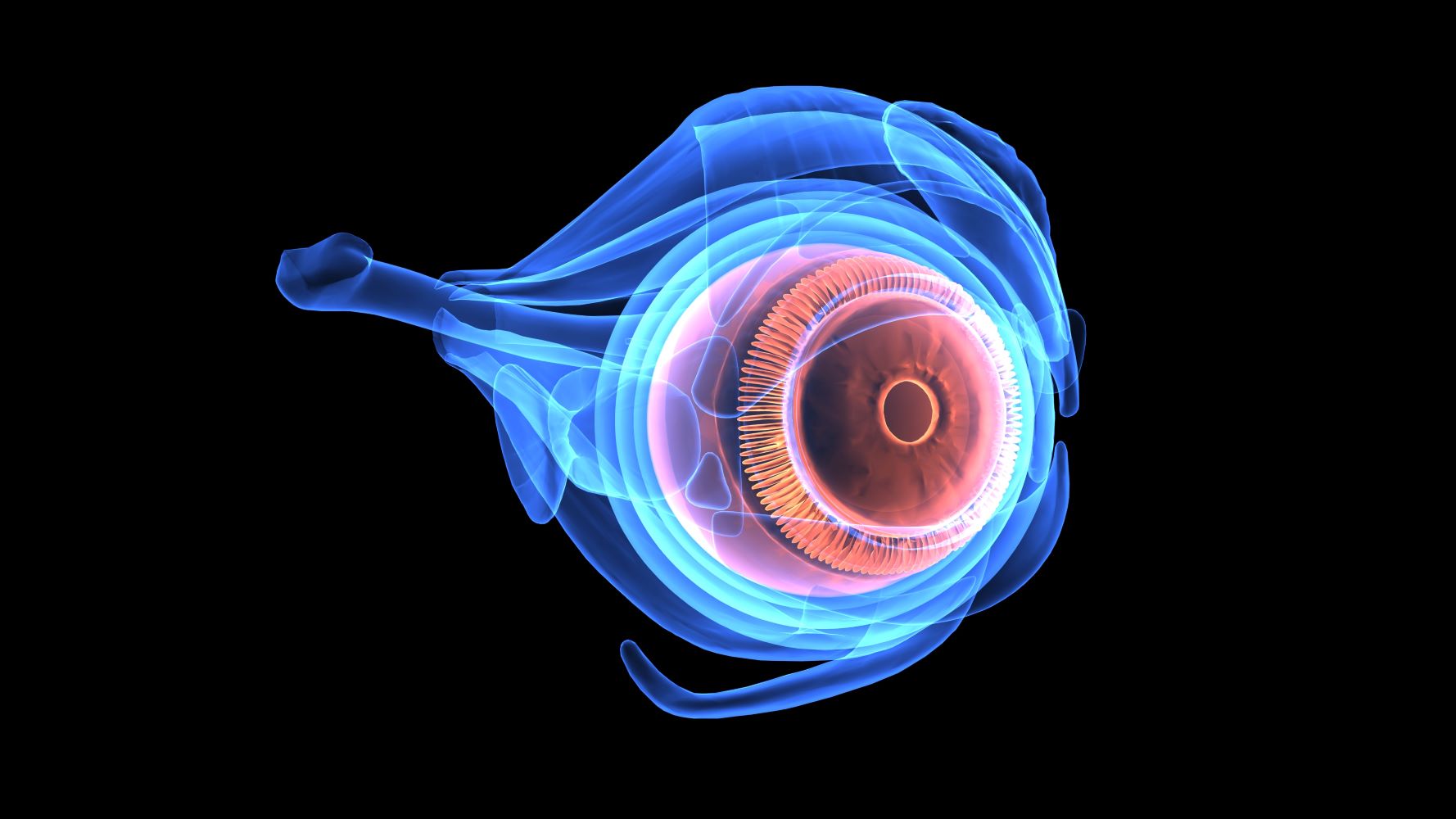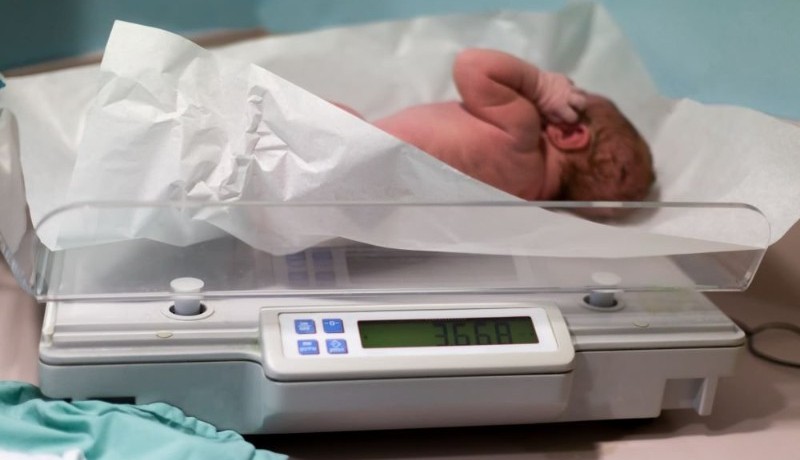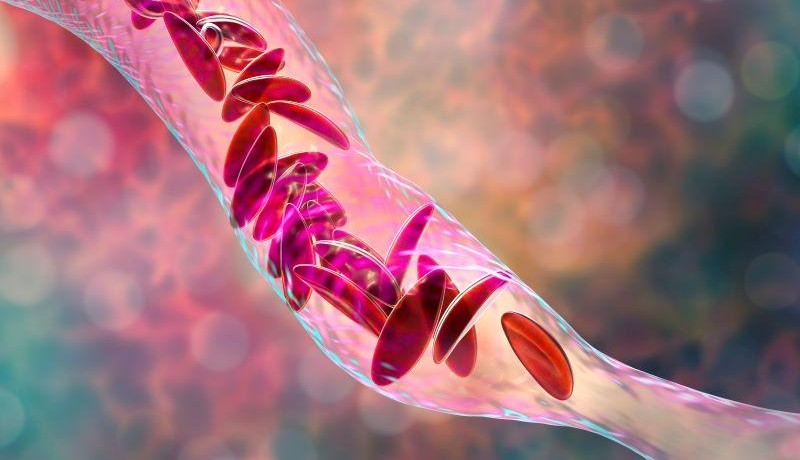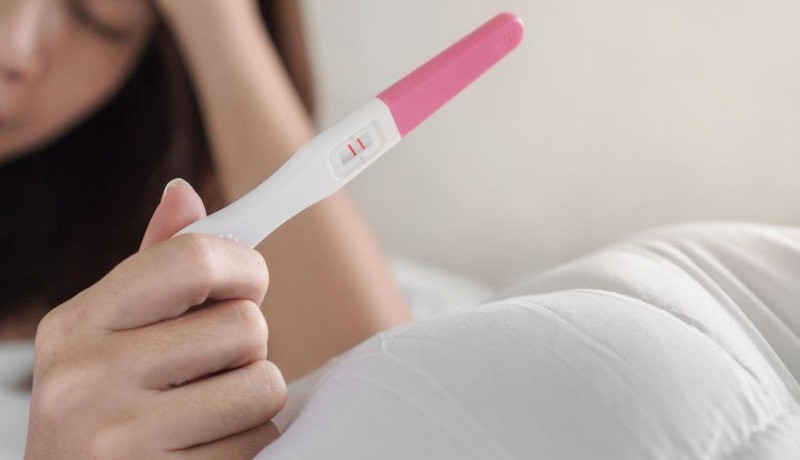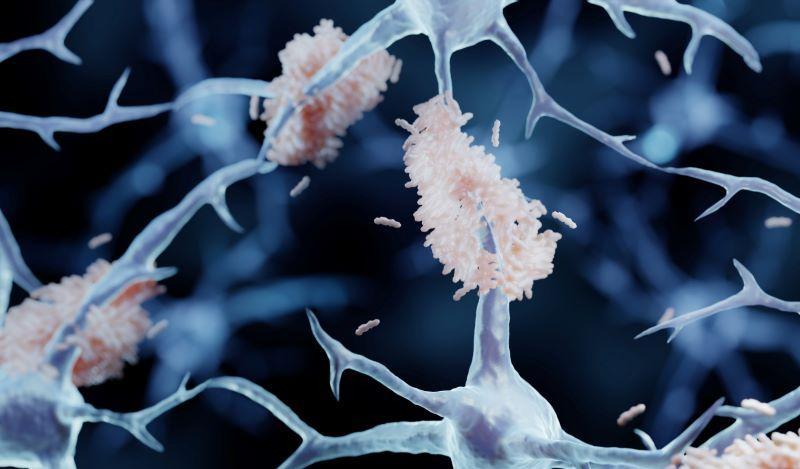The following is a summary of “Study of thyroid disorders in vitiligo,” published in the April 2023 issue of Primary Care by Khiangte, et al.
Vitiligo is a depigmentary disorder of the skin and hair, characterized by the destruction of melanocytes. It is a non-neoplastic disease involving both the immune system and melanocytes, making the affected areas pale and white. The prevalence of vitiligo in the general population is estimated to be between 1% and 2%.
The study was a prospective, randomized, and controlled study involving over 90 vitiligo patients attending the Dermatology OPD and Vitiligo clinic. A control group of 35 healthy individuals, matched for age and sex, was also included. Demographic data and relevant questionnaires were recorded for each participant, including a brief clinical history suggestive of any thyroid disease. Thyroid function was assessed using a microplate enzyme immunoassay to determine thyroglobulin (Tg) autoantibodies in the serum or plasma. Statistical analysis was performed using SPSS version 15 software, and tests such as Chi-square and student’s t-test were used where applicable. A significance level of P < 0.05 was considered statistically significant.
Among the vitiligo patients, 34 (37.78%) had clinical hypothyroidism, while 9 (10%) had clinical hyperthyroidism. This difference in distribution was statistically significant (P < 0.05) with a Chi-square value of 10.08.
The study found an increased incidence of autoimmune thyroid diseases among vitiligo patients. It suggested that vitiligo may precede the onset of thyroid dysfunction, highlighting a possible association between these two conditions.
Source: journals.lww.com/jfmpc/Fulltext/2023/04000/Study_of_thyroid_disorders_in_vitiligo.5.aspx



